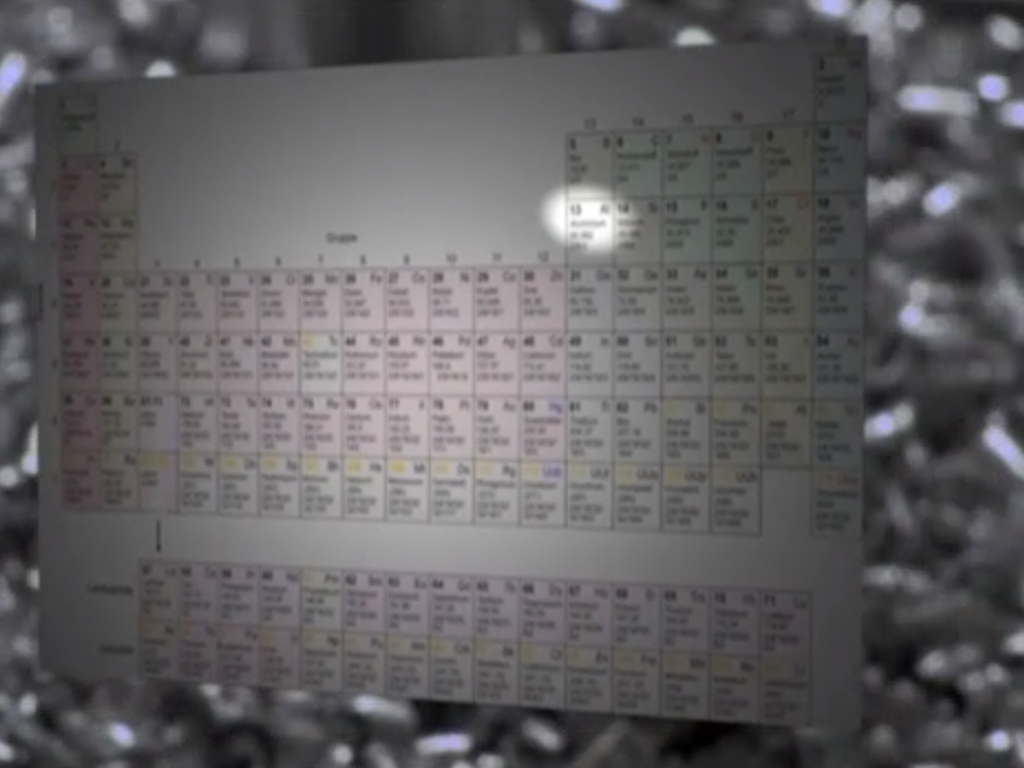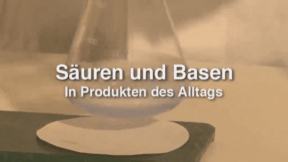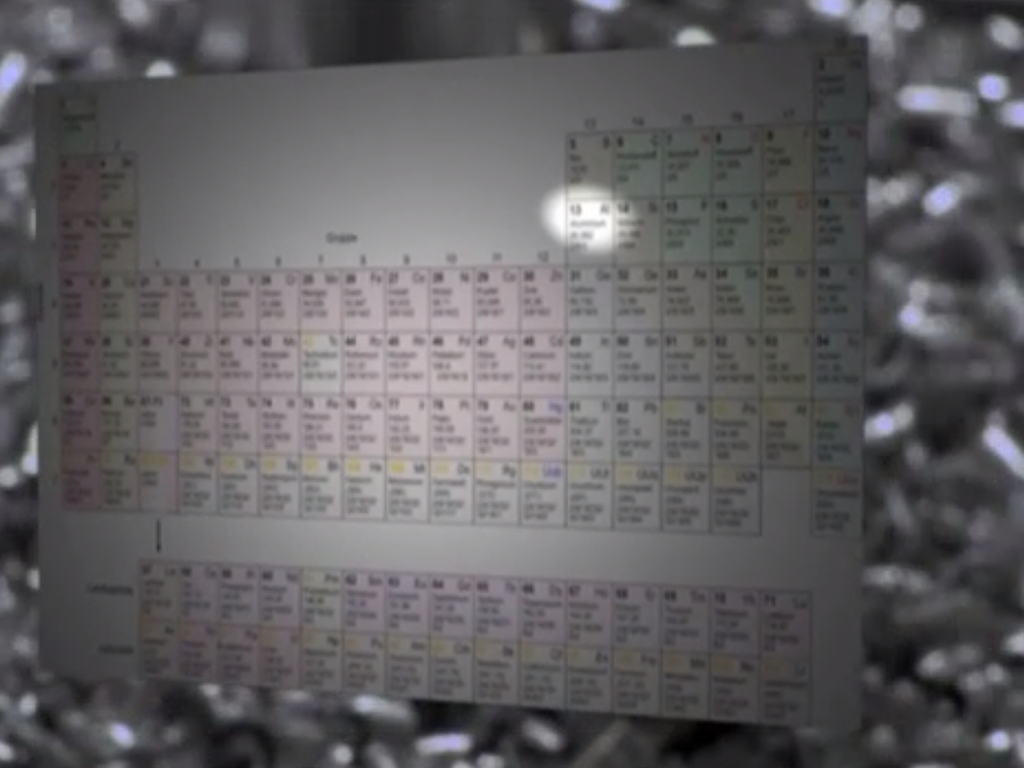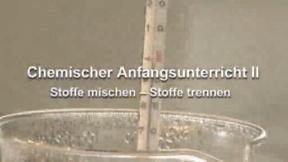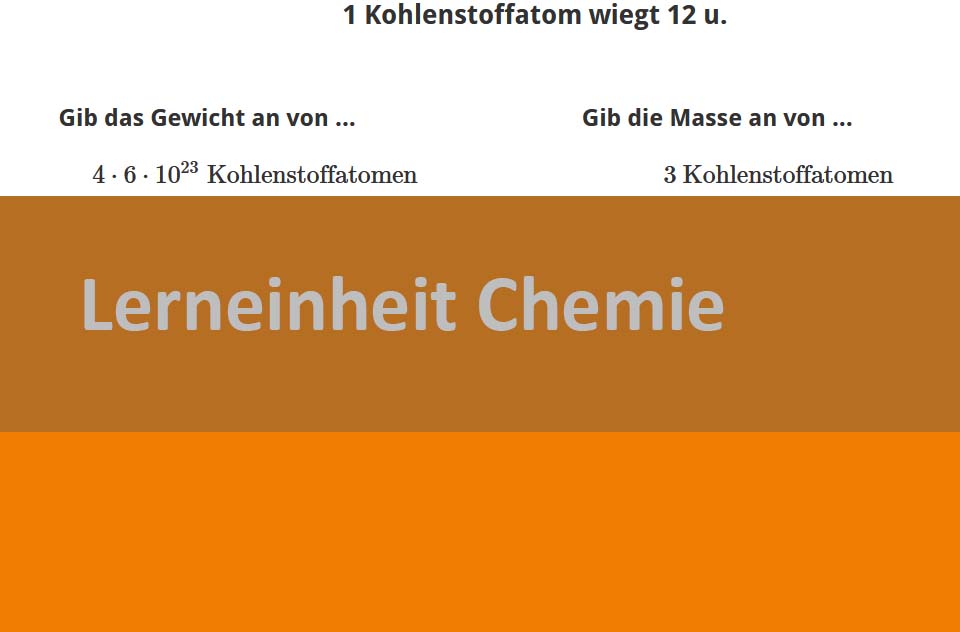
55502536
Grundlagen chemisches Rechnen 1
In 10 interaktiven H5P-Modulen gibt es Aufgaben zu Berechnungen von Masse, molarer Masse und Stoffmenge.
Das Medium bietet H5P-Aufgaben an, die ohne zusätzliche Software verwendbar sind.
Durch interaktive Aufgabentypen wird das audiovisuelle und interaktive Lernen einfach.
Lernen macht jetzt Spaß!
Included Tasks
- I Formeln; Größen und chemisches Rechnen - Wissensvermittlung
- II Berechnungen mit Unit (u) und Mol (mol) - (1)
- III Berechnungen mit Unit (u) und Mol (mol) - (2)
- IV Berechnungen mit Unit (u) und Mol (mol) - (3)
- V Finde die 7 Elemente - die nie als einzelnes Atom vorliegen
- VI Berechnungen der molaren Masse einer chemischen Verbindung (1)
- VII Berechnungen der molaren Masse einer chemischen Verbindung (2)
- VIII Berechnungen von molarer Masse mit verschiedenen Vorgaben (1)
- IX Berechnungen von molarer Masse mit verschiedenen Vorgaben (2)
- X Gemischte Berechnungen Masse; Stoffmenge; molare Masse
Curriculum-centred and oriented towards educational standards
Matching
Basics of Chemistry I
We are surrounded by objects and substances. We recognise objects that are to serve a specific purpose by their shapes. Similar objects may consist of different materials or substances. Substances, however, are independent of shapes and possess very specific properties. We are able to perceive many of these substances with our senses. For example, we can see, touch or smell them so as to be able to recognise them. Chemists are particularly interested in those substance characteristics that can be measured. On the basis of these measurable properties they can distinguish between substances, identify a specific substance or test it for special use. Models help us to understand phenomena. They depict only specific elements of our reality, thus presenting the world in a simplified way. The spherical particle model, for example, helps us to understand how a scent spreads all over the room or substances disperse in water.
Acids and Bases
We can find acids and bases in every supermarket, some of them in our food, others in cleaning agents. In everyday products, acids and bases as well as acidic and alkaline reacting salts have extremely different functions. In food, acids are either present or added as flavouring agents such as citric acid, tartaric acid and acetic acid, as antioxidants such as ascorbic acid or generally as acidifiers, sequestrants (citric acid and tartaric acid) and preservatives (acetic acid).
Basics of Chemistry II
When we take a closer look at substances, we discover that they consist of either one single element or of mixtures of several elements. Chemists therefore divide the world of substances into pure and mixed chemical substances. A pure substance is of homogeneous composition. Substance mixtures, however, consist of two or more pure substances. The many mixtures are subdivided not only into homogeneous and heterogeneous mixtures but depending on the respective aggregate states of their components, are classified into various groups of mixtures.




